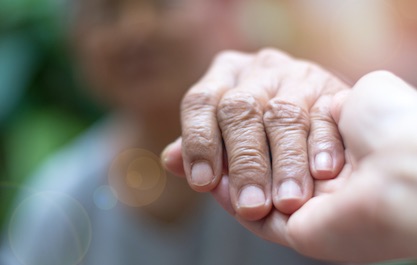According to the Centers for Disease Control and Prevention (CDC), over 12 percent of American adults ages 20 and older have high total cholesterol. What’s worse, seven percent of US children and adolescents ages six to 19 have high total cholesterol. Having high cholesterol increases the risk for heart disease, the leading cause of death, and for stroke the fifth leading cause of death. Fortunately, medications exist that work to lower cholesterol levels. There are also several natural ways to lower cholesterol:
Eat more of a plant-based diet.
According to Lakes Regional Healthcare Registered Dietitian Beth Samuelson, a plant-based diet means consuming a diet where 80 percent of your calories come from plants. Whole grains, nuts, beans, seeds, legumes, vegetables, and fruits are all included in a plant-based diet. The phytochemicals and antioxidants found in these plants help reduce inflammation in the body. Replacing animal fats with plant-based fats such as flaxseed, walnuts, avocados, olives, and chia seeds naturally decrease cholesterol. Another benefit of plants is that they are higher in fiber and feed the good probiotics/good bacteria in our gut, which help break down dietary cholesterol. Lastly, plants are high in fiber and keep us feeling fuller for longer, preventing us from overeating.
Eat more cultured dairy.
“Cultured dairy products such as yogurt and kefir have probiotics in them, which help to repopulate our gut with the good bacteria to break down dietary cholesterol,” said Samuelson. But that’s not all. She said cultured dairy products are often high in whey protein, which raises HDL levels, the good cholesterol we want. One thing to remember, though, is to select low fat cultured dairy products over full fat cultured dairy products.
Choose low fat.
If you do eat animal products, choose lean cuts of beef, pork, and chicken over fattier cuts. The fat in animal products raises LDL levels, which is the bad cholesterol we want to reduce.
Consume alcohol in moderation.
Moderate alcohol use for women equals one drink or less per day. For men, moderate alcohol use is equal to two drinks or less per day.
Quit or don’t start smoking.
HDL levels, which is the good cholesterol, are higher in nonsmokers. Samuelson encourages patients to quit smoking. She said, “Even if you’ve smoked in the past, after one year of not smoking, your HDL levels increase similar to that of non-smokers. In addition, your risk of heart disease is cut in half after one year of not smoking.”
Exercise.
Exercise naturally improves your cholesterol levels, but be sure to aim for at least 150 minutes each week. Ensuring the exercise you select is an enjoyable activity makes it more sustainable over time.
For more information and nutrition advice, contact Lakes Regional Healthcare Registered Dietitian Beth Samuelson at 712-336-8785.


